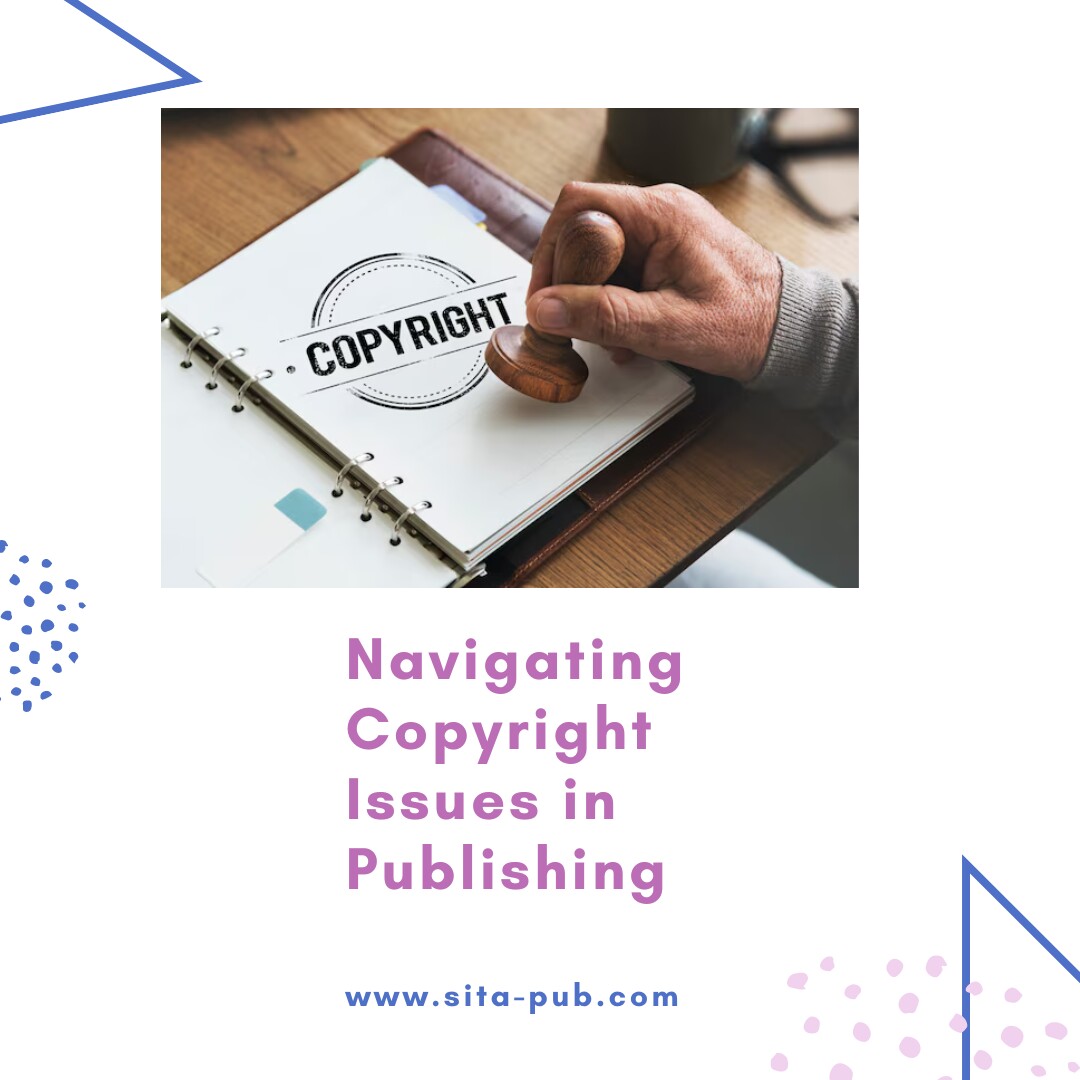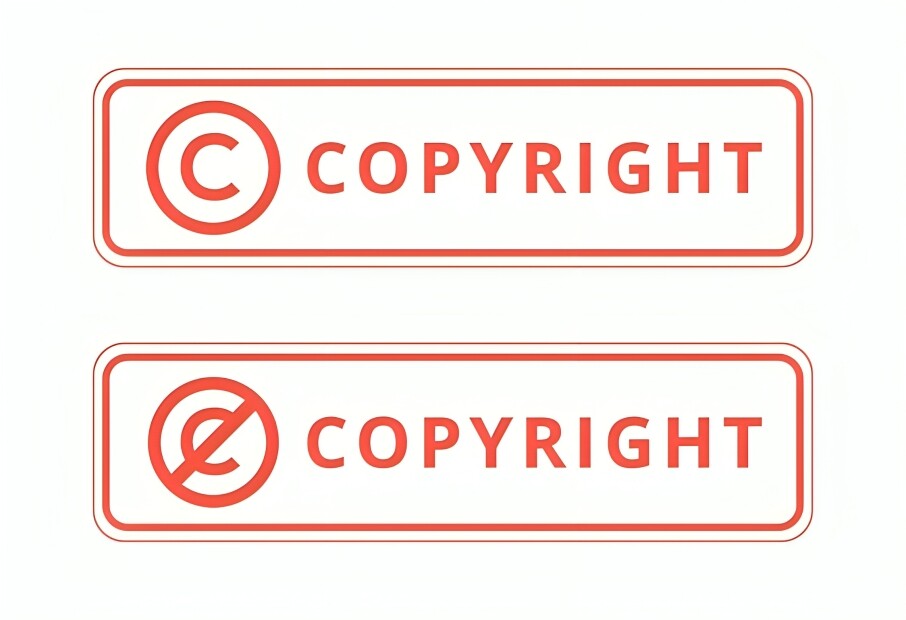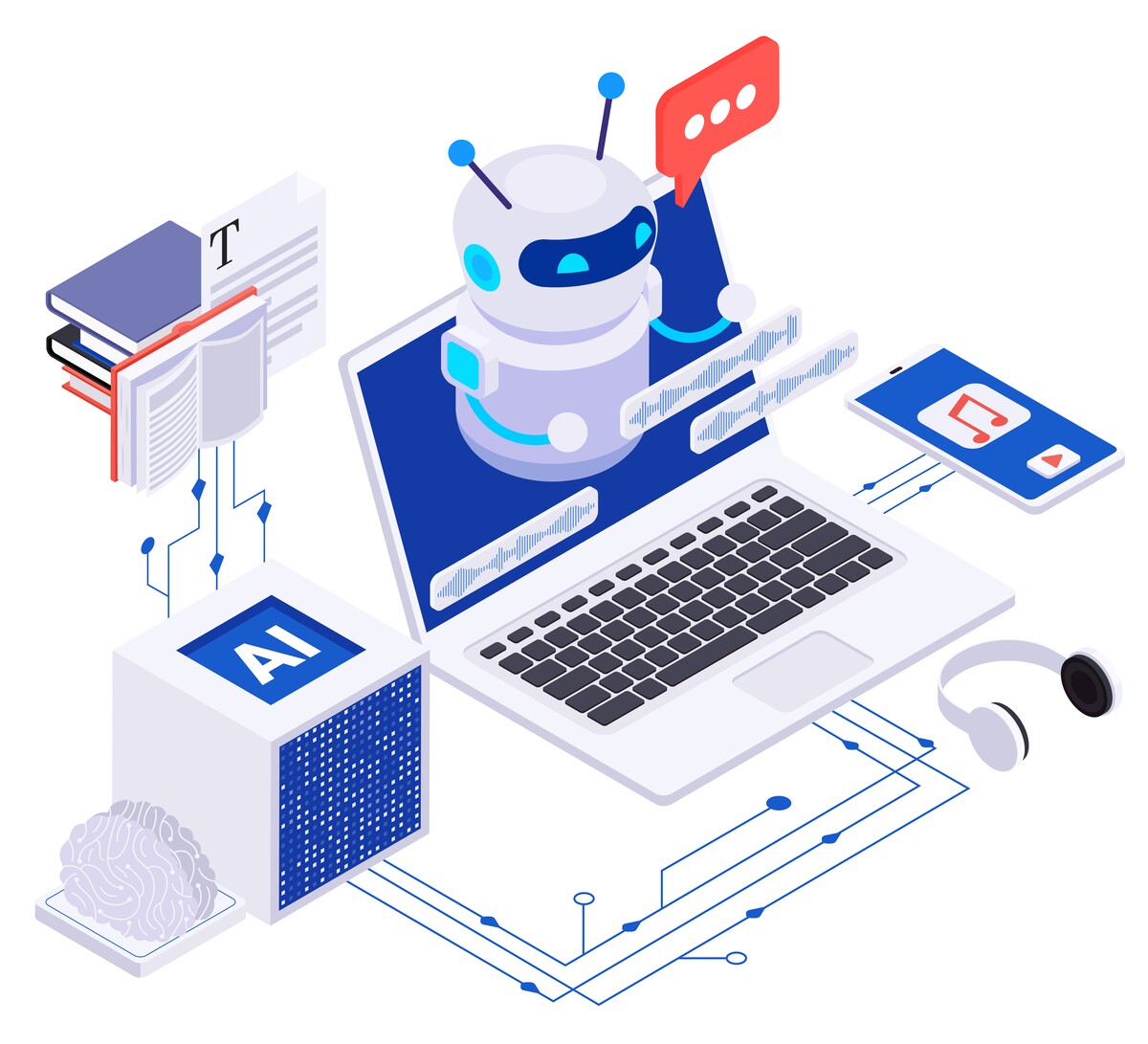Navigating Copyright Issues in Publishing


Publishing research is important in academia, but it can involve complicated copyright matters. Understanding copyright in publishing is essential for researchers because it affects how their work is shared and utilized. This guide will explain common academic copyright challenges and offer tips for navigating them.
Copyright is a legal framework that grants creators exclusive rights to their original works, such as articles, books, and images. This means authors can control how their creations are used and distributed. In academic publishing, copyright concerns can arise with journal articles, theses, and presentations.

The first step in understanding copyright is knowing who owns it. Typically, the author holds the copyright. However, if the research is conducted as part of employment, the employer may have rights. Additionally, if research is funded by grants, the funding agency may impose rules regarding copyright.
To clarify ownership:
Check Institutional Guidelines: Learn about your university’s copyright policies. Many institutions have specific rules about ownership of research outputs.
Review Funding Agreements: If your research is grant-funded, carefully examine any agreements to understand copyright implications.
Document Collaborations: When working with others, clearly define authorship and copyright in writing.
When submitting a manuscript to a journal, you often sign a publishing agreement that transfers some or all rights to the publisher. This can impact how you use your work in the future. Here’s what to consider:
Read the Agreement Thoroughly: Before signing, review the publishing contract. Look for clauses about copyright transfer and open access options.
Negotiate Terms: Many publishers are open to discussion. If you wish to retain certain rights, such as sharing your work online, communicate this with the publisher.
Explore Open Access: Consider publishing in open access journals, where authors maintain more rights and their work is freely available to the public. This can enhance visibility and impact.

Understanding fair use in academia is crucial when incorporating copyrighted materials into your work. Fair use allows limited use of copyrighted content without permission under specific conditions, such as for educational purposes. However, the rules can be vague.
Assess Fair Use Factors: When determining fair use, consider the purpose, nature, amount, and effect of the use on the original work. If uncertain, seek permission from the copyright holder.
Using Third-Party Materials: If you need to include content from others (like images or text), ensure you obtain the necessary permissions. Many publishers provide guidelines for requesting and citing these materials.
Copyright infringement occurs when someone uses a copyrighted work without permission. This can happen unintentionally, so it’s important to be cautious.
Educate Yourself: Familiarize yourself with copyright law relevant to your field. Understanding what constitutes infringement can help you avoid issues.
Cite Appropriately: Always credit original authors when using their work. Follow the citation standards for your discipline.
Seek Legal Guidance: If you suspect copyright infringement or are unsure about your rights, consult a legal expert specializing in intellectual property.

Artificial intelligence (AI) is transforming the research and publishing landscape, creating new copyright challenges. As AI tools are increasingly used to generate and analyze content, understanding their implications is vital.
Authorship and Ownership: When AI creates content, questions of authorship arise. If you use AI to assist in writing, clarify your role and the AI's input in your publications.
Using AI-Generated Materials: If you incorporate AI-generated content in your research, understand the copyright status of that material. Some AI platforms have specific guidelines regarding usage.
Ethical Considerations: Using AI in research may raise ethical questions about originality. Ensure your work remains authentic and properly credits any AI contributions.
Navigating AI Tools: As AI tools become more common in research, stay informed about their copyright implications. Review the terms of service for any AI tools you use and consider how they align with your institution’s copyright policies.
Navigating copyright issues in publishing can be challenging, but it is crucial for protecting your work. By understanding copyright ownership in research, carefully reviewing publishing agreements, being aware of fair use and permissions, and considering AI and copyright, researchers can effectively manage their rights. Staying informed about copyright can enhance your academic career and contribute to the wider scholarly community.
Ready to submit your paper? SITA Academy is here to assist you every step of the way! Our expert team can guide you through the submission process, ensuring your work meets all necessary standards.
If you have any questions, inquiries, or would like to learn more about our services, please don't hesitate to reach out to us. Our dedicated team is ready to assist you.